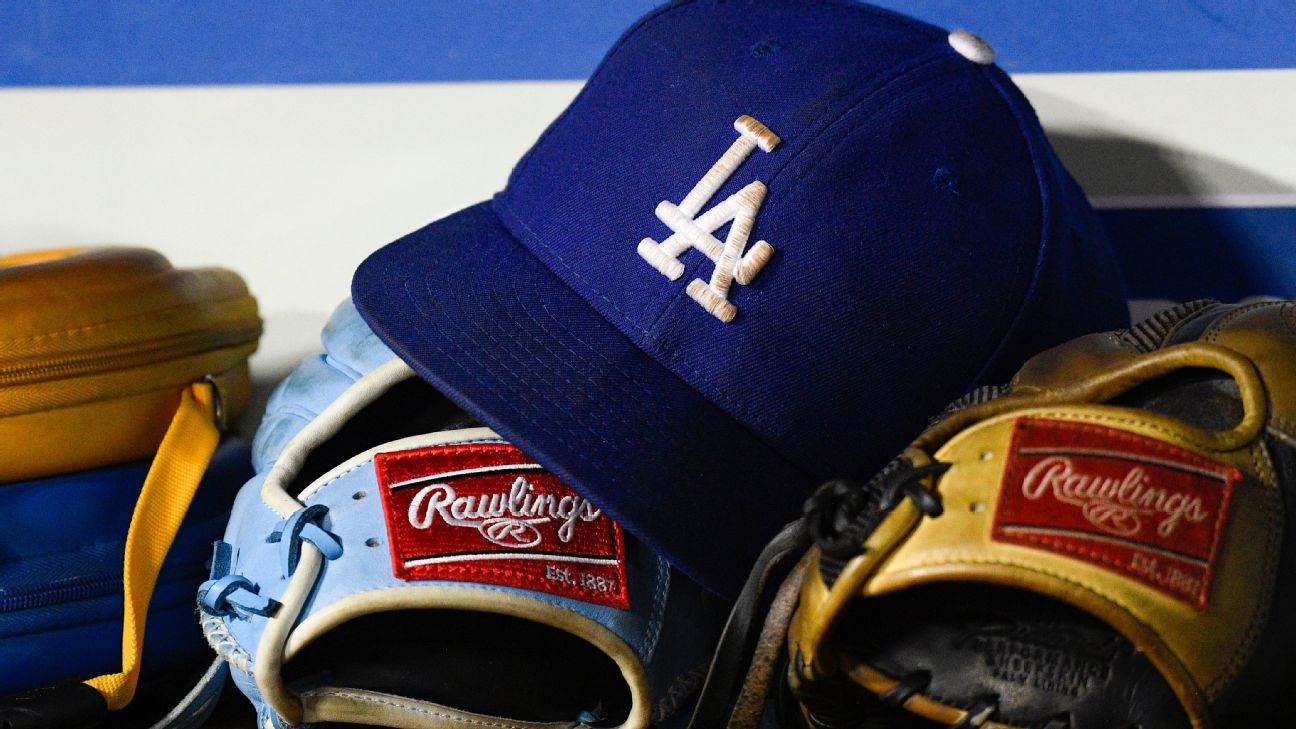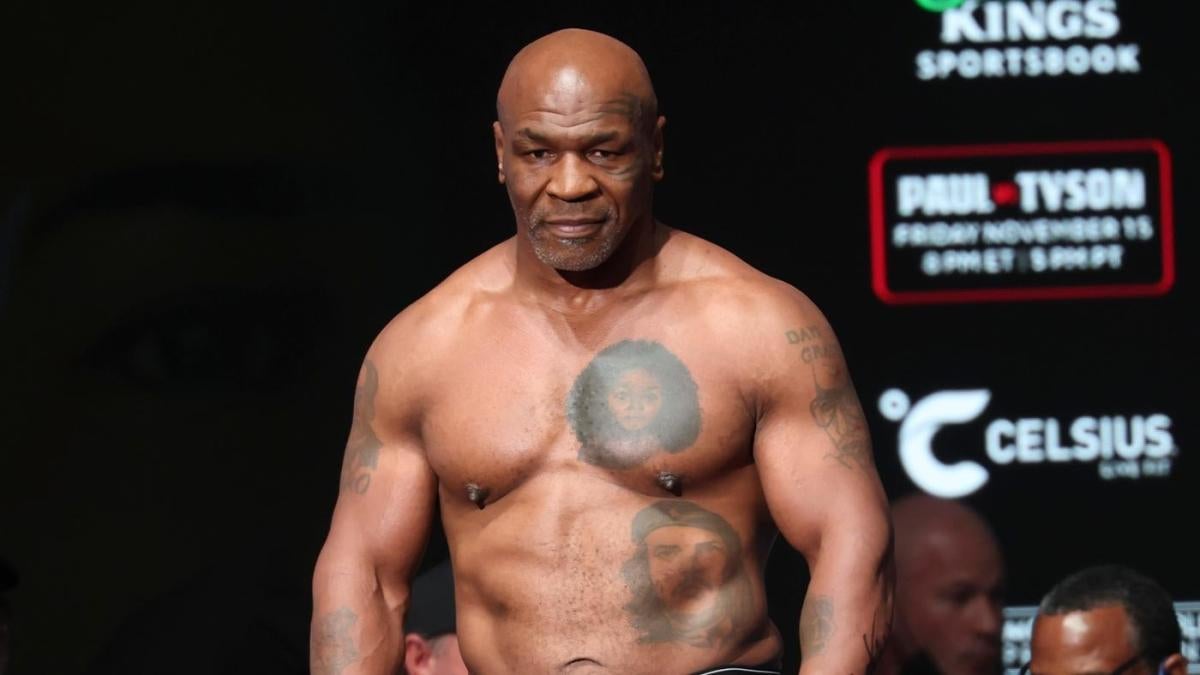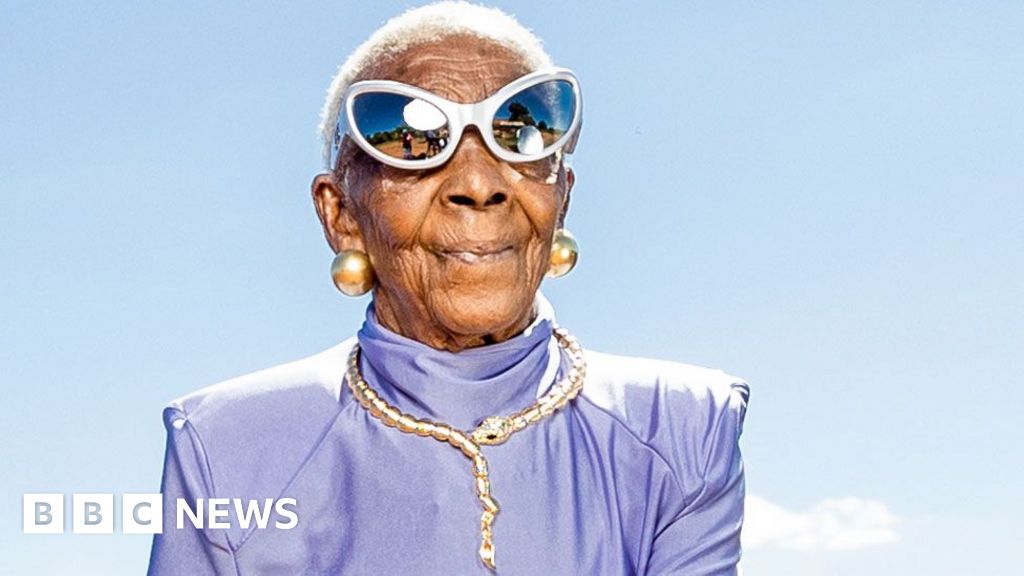Fashion
Celebrating Individuality In 1980s London At The Fashion And Textile Museum

The dance floor at Taboo
Casting the outrageous performance artist and fashion designer Leigh Bowery as a sequin-and-Lycra-clad Pied Piper, a new show in Bermondsey successfully recreates a specific era of creative energy in the 1980s when fashion, music and clubbing simultaneously combusted in a small club in Soho that Bowery hosted.
Outlaws: Fashion Renegades of 80s London focuses on 1985, the year Taboo opened, attracting a talented crowd of artists, musicians, filmmakers and fashion students; Boy George, Pam Hogg and John Galliano were all regulars. Creatively competitive, these young kids spent their days inventing increasingly flamboyant ways to dress up and show off at the most fashionable club in London.
Martin Green, who co-curated the exhibition, explained the rationale to celebrate the cultural influence of this gang of rebels. “There was incredible excitement and a unique energy about London at that time; the show is called Outlaws because this crowd were very much their own people, doing things their own way, at an incredibly fast pace. The pop star element was pivotal. People like Pete Burns, lead singer with Dead or Alive, Boy George and Martin Fry from ABC were being dressed by recent fashion graduates, and immediately seen on a global platform (MTV had launched in the US on the 1st August 1981) having world-wide hits, dressed in clothes they had commissioned from the dance floor of Taboo.”
Leigh Bowery and Boy George. ‘Blitz’ Designer Collection Fashion Show at the Albery Theatre, London, … [+]
The show itself chronicles the theatricalization of this small clique of like-minded outsiders who were often living together in squats, with very little money to buy materials. A tableau dance floor is filled with stylish mannequins posing as the key players under a mirrored glitter ball. The window of Browns, London’s most significant boutique of the period that provided a launch pad for so many young fashion graduates, is reconstructed with original outfits from John Galliano, Dean Bright, John Flett and Stephen Linard.
Also re-imagined are the dingy market stalls that were a vital part of the counterculture. Hyper-Hyper situated in Kensington High Street was a whirlwind of fashion innovation where independent designers like Rachel Auburn, John Crancher, Khan and Bell (who made clothes for Duran Duran) set up individual stalls, cross referenced ideas and formed an alternative community in a time before social media was used to connect London’s misfits.
Dean Bright, a fashion graduate from St. Martins School of Art, remembers the immediacy of his success in 1984. “The phone started ringing nonstop from the day of my degree show. My student collection was in the window at Browns (alongside fellow classmate John Galliano’s) and I was making things up on a sewing machine in the bedroom of my shared flat. I had to turn down orders from Bloomingdales and Barneys because I was not in a position to supply them. Diana Ross bought one of my velvet jackets, Pete Burns bought a full-length purple velvet dressing gown to wear on his Youthquake album cover then David Bowie wore one of my jackets for press photos.”
“It was very important to me that these people did not get forgotten,” says Green. “This was an exciting ecosystem of people who were all a force to be reckoned with, they had a seismic impact for a couple of years and then fizzled out because whilst they had huge levels of talent and creativity their business skills were zero. People like Elmaz Huseyin (her cotton shirt with hand painted stripes and lop-sided hearts is on display) who fused fashion and fine art, wasn’t making clothes that resembled anyone else’s and was a big influence on Bowery.”
The synergy between fashion and music is a cohesive thread that runs through this show, as is the importance of Bowery a 6’2” Australian who came from a town called Sunshine, in Melbourne, Australia, to be part of the Blitz scene he had read about. With a style that celebrated high camp excess, Bowery went on to invent his own scene as the crazy King of Taboo. Embracing shock tactics to attract attention, he was certainly not alone in his desire to stand out, exploring ideas of gender fluidity and unisex culture long before they became the buzz words of today’s homogenized fashion industry. For this generation the intention was not to look like anybody else, with Bowery’s much-repeated club mantra displayed at the museum: “It’s 1985 so dress as though your life depends on it, or don’t bother.”
Leigh Bowery at home
“There was a sense in the air that you could succeed in fashion if you wanted it enough,” says Bright. “The eyes of the world’s media zoomed in on London’s vibrant street and club culture with international designers flocking to London to absorb the zeitgeist. I remember Leigh Bowery used to announce on the microphone at Taboo, ‘Ladies and gentlemen, Jean Paul Gaultier is in the house, Hide your designs. Run, Run!’”
Without funds, ingenuity was key to creativity, and upstairs the exhibition dedicates the catwalk to the DIY aesthetic of these renegades, inspired by Duchamp’s “found objects” and salvaged materials. Self-invention came from utilizing anything that came to hand. Tea towels, light bulbs, cutlery, carpet and kirby grips were all re-appropriated, jumble sale garments were re-styled with the help of a sewing machine and cheap synthetic fabrics that nobody else wanted to use, were re-fashioned into Body Map’s bright sporty pieces.
“It has taken over two years to source these clothes, with many pieces painstakingly tracked down in private collections, I think people coming will be surprised by the ingenuity, the clever and complex details of pattern cutting from young people who very often were self-taught” says Green. In London, fashion is traditionally born on the streets and bubbles upwards to a wider international fashion audience. Green tells me “Dior’s Kim Jones was spotted taking photos at the exhibition last week” high end validation that this subversive style from over forty years ago still resonates.
Outlaws: Fashion Renegades of 80s London at the Fashion and Textile Museum is curated by Martin Green, Duovision Arts and NJ Stevenson.









